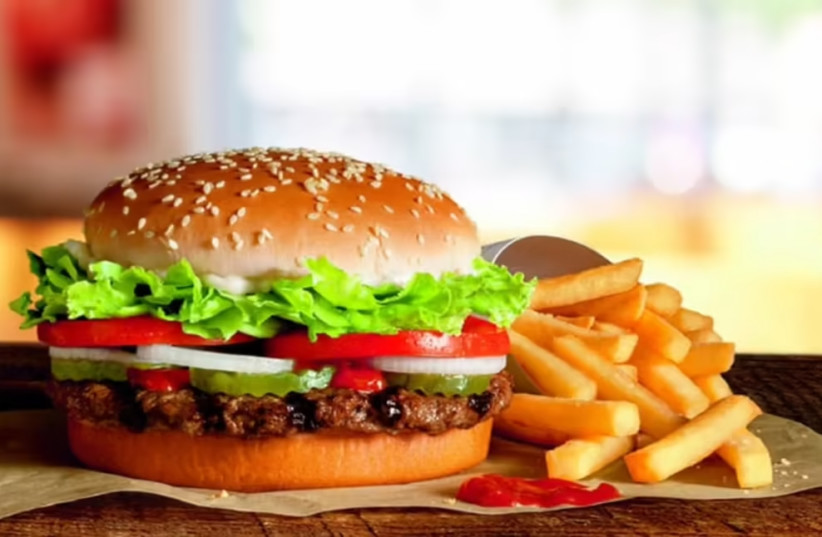American fast food chain Burger King is facing lawsuits over claims that the size of burgers in its adverts is misleading.
The lawsuit was given the go-ahead by US District Judge Roy Altman after Burger King attempted to get the lawsuit dismissed.
Plaintiffs in the class action lawsuit claim that the adverts showed a burger with ingredients "overflowing over the bun," making them appear 35% larger, misleading customers as to the actual quantity of meat contained in the burger.
Burger King argued that it wasn't required to actually deliver burgers that look exactly like the pictures, however, Judge Altman disagreed saying that it was up to jurors to decide the issue.
Altman said, "[Burger King] must defend against a claim that its depiction of Whoppers on in-store menu boards mislead reasonable customers, amounting to a breach of contract.”

Judge Altman also dismissed lawsuits regarding Burger King's online and television adverts, because the chain had not promised that burgers would be a particular size or weight when served.
Burger King called the claims false in a statement on August 29, following it up with “The flame-grilled beef patties portrayed in our advertising are the same patties used in the millions of Whopper sandwiches we serve to guests nationwide.”
Lawsuit trends
This lawsuit follows a trend of lawsuits against different fast-food chains for misleading advertising, with Reuters discussing two previous cases.
McDonald's faced a similar lawsuit last month which argued that they received less meat than advertised, the legal ruling in this case could be influenced by Judge Altman's decision.
Taco Bell was also sued for serving food that contained half as much filling than was advertised, both lawsuits seek $5 million in damages.
